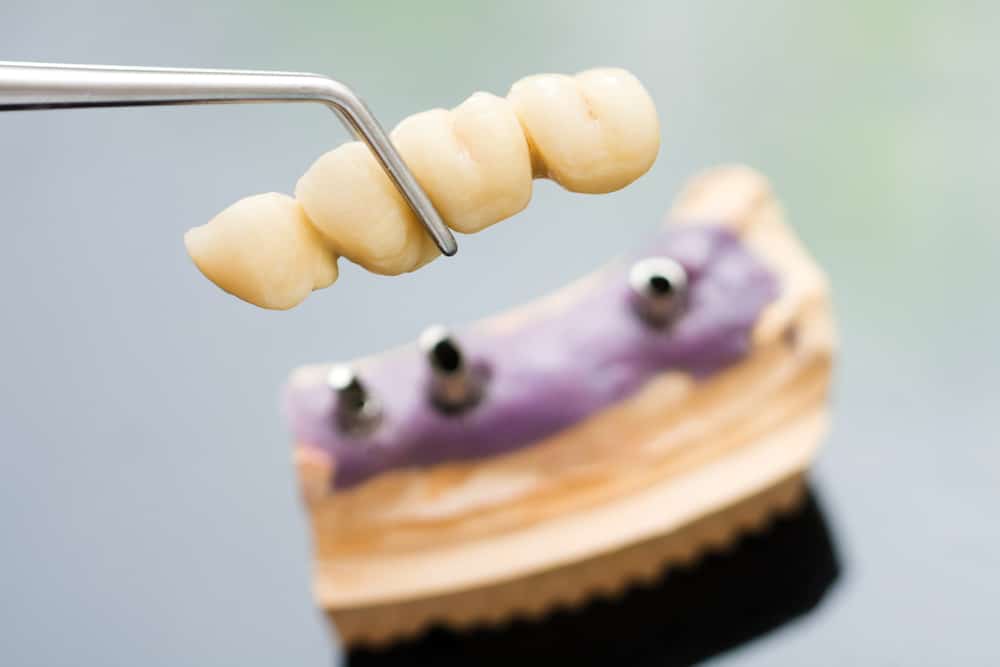Downtown Dental Excellence offers Dental Bridges in Cleveland, TX
Gaps between teeth can be a serious danger to your oral health. While you may think of a gap as simply being a cosmetic issue, it is actually a serious oral health issue that needs to be resolved as soon as possible. While when you have a tooth pulled you’ll likely speak with your dentist about tooth replacement options, if a tooth is knocked out or falls out, you may not be as quick to take action. This is a serious mistake!
When it comes time to fill the gap between your teeth, you’ll have a few different options. One of these options is a dental bridge.
Choose Downtown Dental Excellence for your Dental Bonding today.

What is a Dental Bridge?
A dental bridge is a dental appliance that helps to fill a gap between teeth. These dental bridges can bridge a gap spanning one or more missing teeth. The appliance is made up of a pontic (false tooth or set of teeth) that is held in place with at least one crown (abutment). The crown is placed by reshaping healthy teeth, and installing the abutments on top of the healthy teeth.
Why Would I need a Dental Bridge?
Dental bridges are important for filling a gap because of the oral health risks that result from not taking action to fill the gap. An unfilled gap where a tooth used to be can encourage the growth of bacteria, and can affect the gums. This can lead to gum disease.
Having a gap between your teeth can also lead to your teeth migrating. This migration can cause healthy teeth to press against other healthy teeth, and can also make it harder to brush and floss. A gap that is not filled can also lead to bone loss in the jawbone. Not only is this unhealthy, but it also causes cosmetic changes in the structure of the face. Finally, having a gap in the teeth can affect your bite—making it harder to eat your favorite foods, and harder to chew.
Dental bridges help patients to avoid these oral health issues, and keep their healthy teeth in place.
Call Downtown Dental Excellence Today! (281) 592-0597
How Long Will My Dental Bridge Last?
While bridges are an excellent solution to filling a gap where one or more teeth are missing, they don’t last forever. Most bridges last around five to ten years—sometimes longer if they are properly cared for. Keep this in mind if you are given the choice between an implant or a dental bridge, as implants will generally last longer.
Still, having a bridge replaced is a simple procedure, and having a bridge placed is more inexpensive than implants upfront.
Call Downtown Dental Excellence Today! (281) 592-0597
Choosing a Dental Bridge
If you are missing one or more teeth, speak with your dentist about having a bridge placed as soon as possible.
